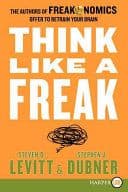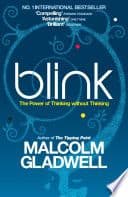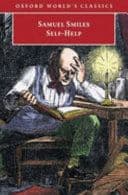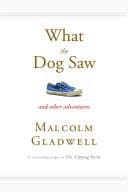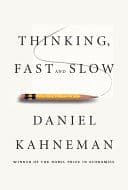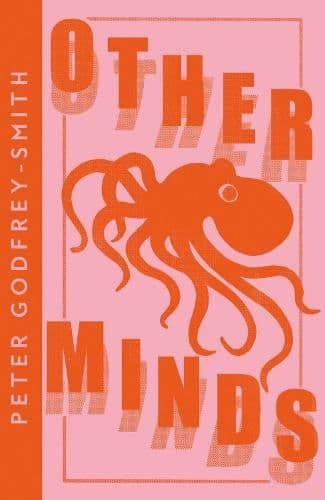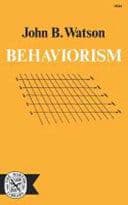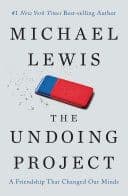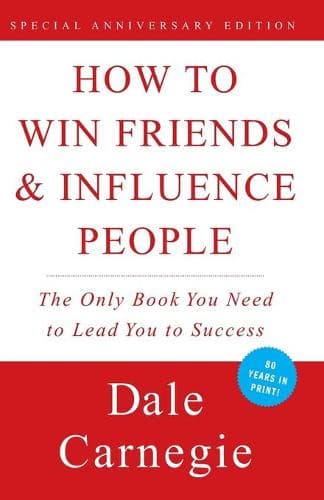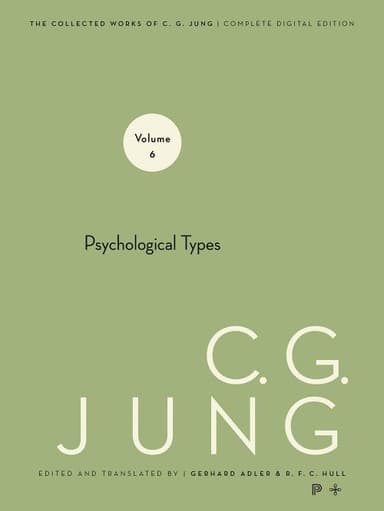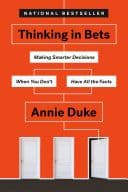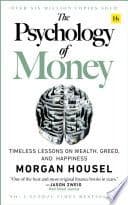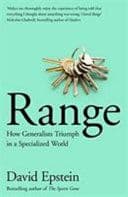
The Interpretation of Dreams
A translation of Sigmund Freud's "The Interpretation of Dreams" - based on the original text published in 1899
DIFFICULTY
advanced
PAGES
484
READ TIME
≈ 600 mins
DIFFICULTY
advanced
PAGES
484
READ TIME
≈ 600 mins
About The Interpretation of Dreams
What if your dreams aren’t nonsense but coded messages? Freud’s The Interpretation of Dreams argues they are lawful acts of mind: wish-fulfilments the unconscious disguises to slip past our inner censor.
He separates the remembered dream scene from hidden thoughts, and posits how the “dream-work” translates ideas into images which are then tidied into a story. Rather than rely on fixed symbols, Freud proposes a tool—free association—that lets each dreamer trace their own meanings, back to early desires, family dramas and repressed conflicts. Freud animates his theory with case studies and cultural touchstones, from Oedipus to the clinic.
This book gives you a method for reading your night-life—and, by extension, your waking symptoms—with rigour and curiosity, a move that helped shape psychotherapy, literary criticism and our everyday language of the self.
What You'll Learn
- Differentiate between a dream’s manifest and latent content
- How to use free association to reveal unconscious meanings within dreams
- Dream-work mechanisms: condensation, displacement, symbolization, and secondary revision
- Why Freud saw most dreams as forms of wish-fulfillment shaped by repression
- Recurrent dream symbols and how personal history and culture inform them
Key Takeaways
- Manifest vs latent content distinction
- Dream-work: condensation, displacement
- How free association unlocks meanings
- Freud's Influential yet debated framework
More in psychology



